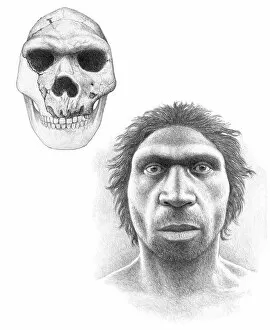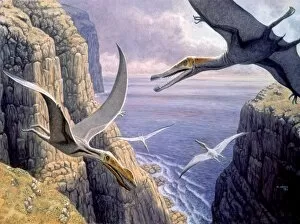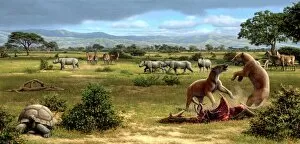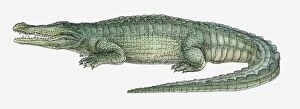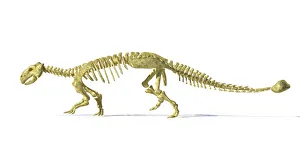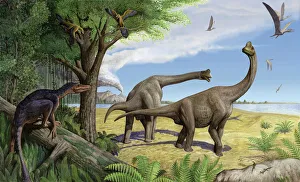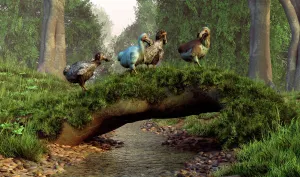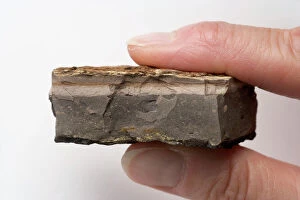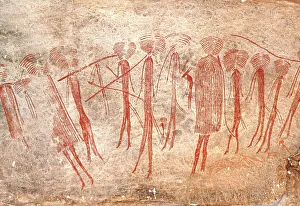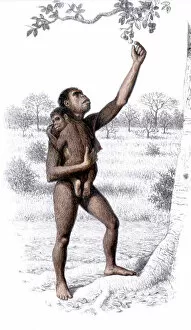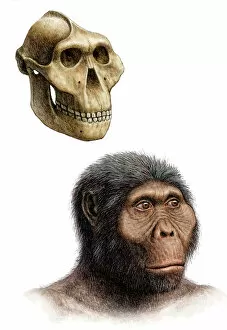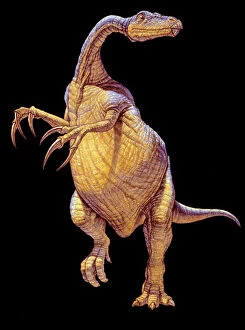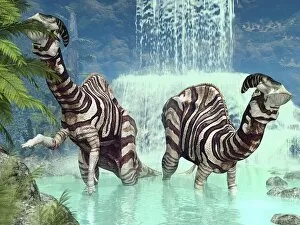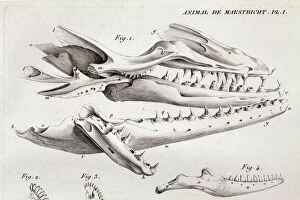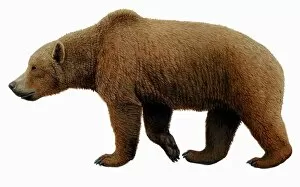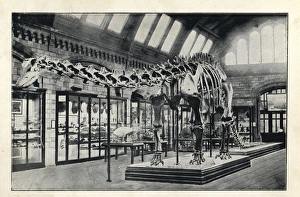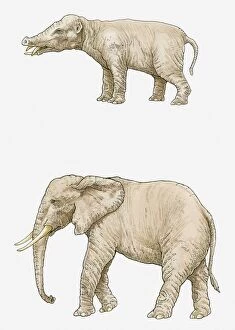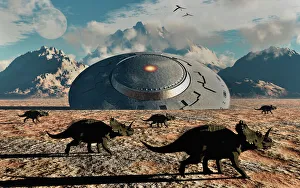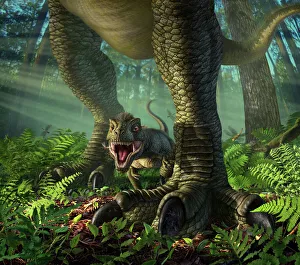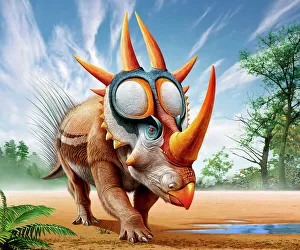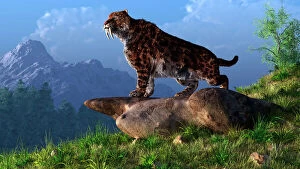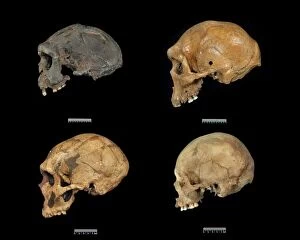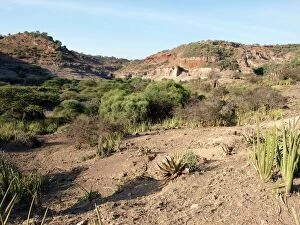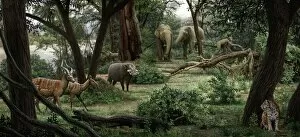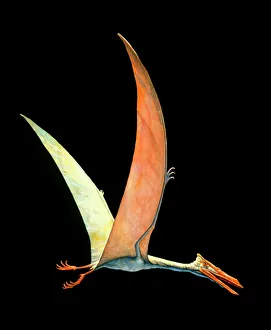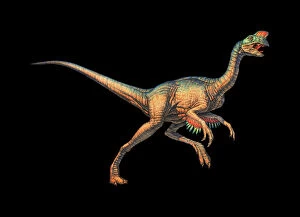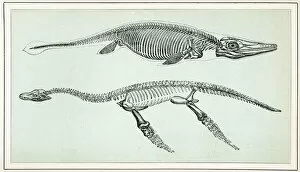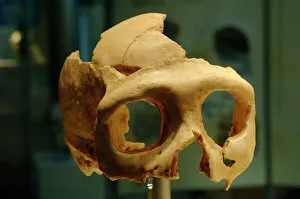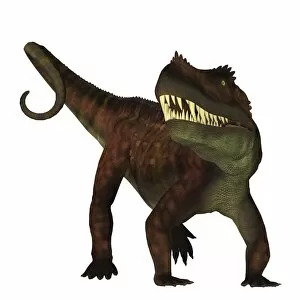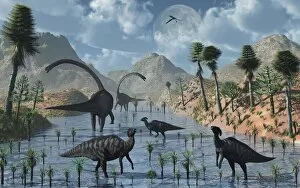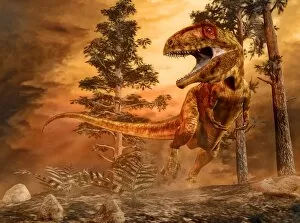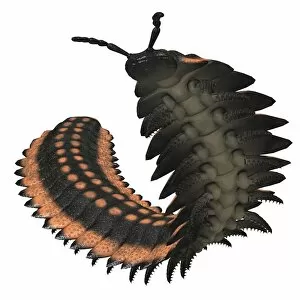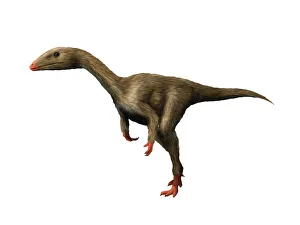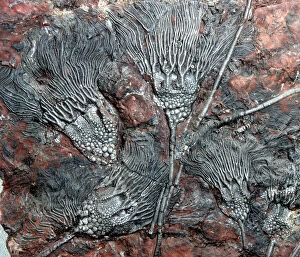Paleontology Collection (page 2)
"Paleontology: Unveiling the Secrets of Our Prehistoric World" Step into the fascinating realm of paleontology, where ancient mysteries are brought to light
All Professionally Made to Order for Quick Shipping
"Paleontology: Unveiling the Secrets of Our Prehistoric World" Step into the fascinating realm of paleontology, where ancient mysteries are brought to light. Explore the Lascaux II cave painting replica C013 / 7378 and be transported back in time as you witness art that dates back thousands of years. Follow the Trail of Laetoli footprints and marvel at these preserved imprints left by our early ancestors, offering a glimpse into their daily lives. Delve deeper into human evolution as you uncover the stages that shaped us over millions of years. From a prehistoric spear-thrower to Laetoli fossil footprints, each artifact tells a story of our journey towards modernity. Behold the Archaeopteryx fossil, Berlin specimen C016 / 5071, bridging the gap between dinosaurs and birds with its remarkable features. Encounter giants from another era - mammoths and Brachiosaurus dinosaurs - whose immense size leaves us awestruck. Admire Mantell's Geological Strata Section from 1838, an intricate illustration depicting Earth's geological history in stunning detail. Pay homage to Mary Anning's groundbreaking discovery in 1814 - her unearthing of the first ichthyosaur skull paved the way for future paleontologists. Picture No. 10766504 captures this pivotal moment when science took a leap forward. Lastly, encounter two apex predators: Megalodon shark and great white sharks – one extinct but forever etched in our imagination; while others still roam our oceans today. Paleontology is more than just bones; it is an exploration into Earth's past that unravels secrets long forgotten. Join us on this incredible journey through time as we piece together fragments from our distant past to better understand ourselves and all creatures who came before us.

